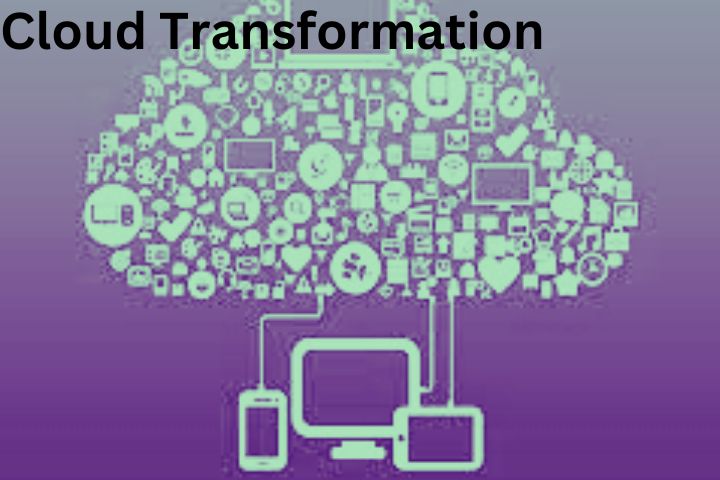
Artificial intelligence offers opportunities in sales and service as well as in production. But technology alone is no guarantee of success. How companies can avoid the four most common pitfalls in AI projects.
There is no doubt: artificial intelligence holds huge potential for companies. But as with many trends, the problems often begin with the term “artificial intelligence” itself. Anyone who wants to start an AI project should first ask themselves what artificial intelligence means within their own company. And then bring leadership, management, and operational level to the same level of knowledge. It is advisable to explain internally how machine learning, deep learning, artificial intelligence, neural networks, and natural language processing are related and how they differ.
Understanding hurdle: what AI Projects is all about
Based on this explanation of terms, existing wishes, ideas, and expectations can be clarified: At which point of the traditional core capabilities of an IT system should the AI start? Perceiving (input), understanding (processing), or acting (output)? Where are the participants concerned that the system shows definitional, human-like, intelligent behavior? Where do they strive for independent learning from feedback or mistakes, and where is only intelligent collection and enrichment of data desired? Once such fundamental questions have been clarified, it is possible to exchange ideas internally about goals, strategies, and approaches – so that, in the end, they meet everyone’s needs.
Artificial intelligence and size hurdle: Outline the project precisely
It can be a mistake to set up a project too big. Anyone who wants to achieve results through artificial intelligence instead of conducting complex and risky experiments should clearly define goals and ideally limit themselves to individual processes. Breaking down an overarching goal, such as a better operating result, into sub-goals, such as concrete improvements in productivity, quality, occupational safety, or compliance, and breaking them down into milestones. Such an approach makes what is to be achieved transparently: On the one hand, it makes it easier to assess at which points and in which processes AI Projects can be used sensibly and helps with the exact definition of goals up to KPIs. In the end, it’s about achieving real added value. After all, technology for the sake of technology is useless to anyone.
Such a sub-goal could be to train staff more quickly. Another would be the desire to ensure that employees have the knowledge they need to do their jobs safely and with high quality. AI-based software platforms can drive these and many more endeavors by delivering training, instruction, and support right at the workplace via smartphone, tablet, or data glasses. With the help of algorithms, the instructions can be personalized so that each employee receives the information and control that will help them progress. Where beginners are given a hand with all the details, trained professionals receive nothing that would slow down their work with too much information.
Data hurdle: A lot helps a lot, but it has to be clean
Another factor to check at the very beginning is the data. Because without the right input, artificial intelligence – especially based on machine learning – cannot work. The first step is to find application areas in which enough data sets are generated to train an algorithm so that a reliable forecast is possible. Instead of operating with “small data,” such as customer data, they should either look for existing big data scenarios or start collecting large amounts of data. Networked employees and machines offer a rich source. Because not only sensors provide a lot of valuable input but also personnel.
Examples are feedback on work steps and the confirmation of hygiene measures via mobile devices. However, not just the amount of data that counts, but especially its quality. According to the motto “garbage in – garbage out,” it is otherwise all too easy for an AI-supported system to become a nail in the coffin instead of leading to the hoped-for success. Data cleansing and a corrective look from a human, competent side are part of the mandatory program for AI projects.
Staffing hurdle: Don’t depend on artificial intelligence experts
This is exactly where another obstacle arises for many companies. They wonder if they need to hire model builders and data scientists first to get started on their first AI project. The fact is that such experts are rare and expensive. Cloud solutions that already come with ready-made models are, therefore, ideal. They do not require special knowledge and are sometimes ready for use in less than a week. You can then directly optimize the deployment planning of the employees based on their skills and experience or start compiling the most frequently asked questions from production together with answers from experts in a knowledge database for an AI bot.
In addition, the wealth of data from the connected work area cannot be easily evaluated with conventional business intelligence tools. Until now, it took a data scientist to turn them into useful insights. Not so with AI-based systems, which provide intelligent analysis functions and dashboards “plug-and-play.” Their algorithms can recognize inconsistencies or outliers and find correlations even in “noisy data.” They help to identify the most promising improvement opportunities for continuous learning.
Artificial intelligence: use out-of-the-box solutions
Jumping onto artificial intelligence now is a good idea. Pushing the big thing right away can be overwhelming. It is often better to gain initial experience on a small scale first. Out-of-the-box solutions for specific, clearly defined use cases, such as autonomous or predictive maintenance, provide this opportunity. They can often be implemented without long preparation, major risks, and personnel changes and are rewarded with quick results. To avoid silos, a cloud platform can be easily connected to existing systems. To quickly feed the data and knowledge gained into downstream processes and make it accessible to the entire organization.









